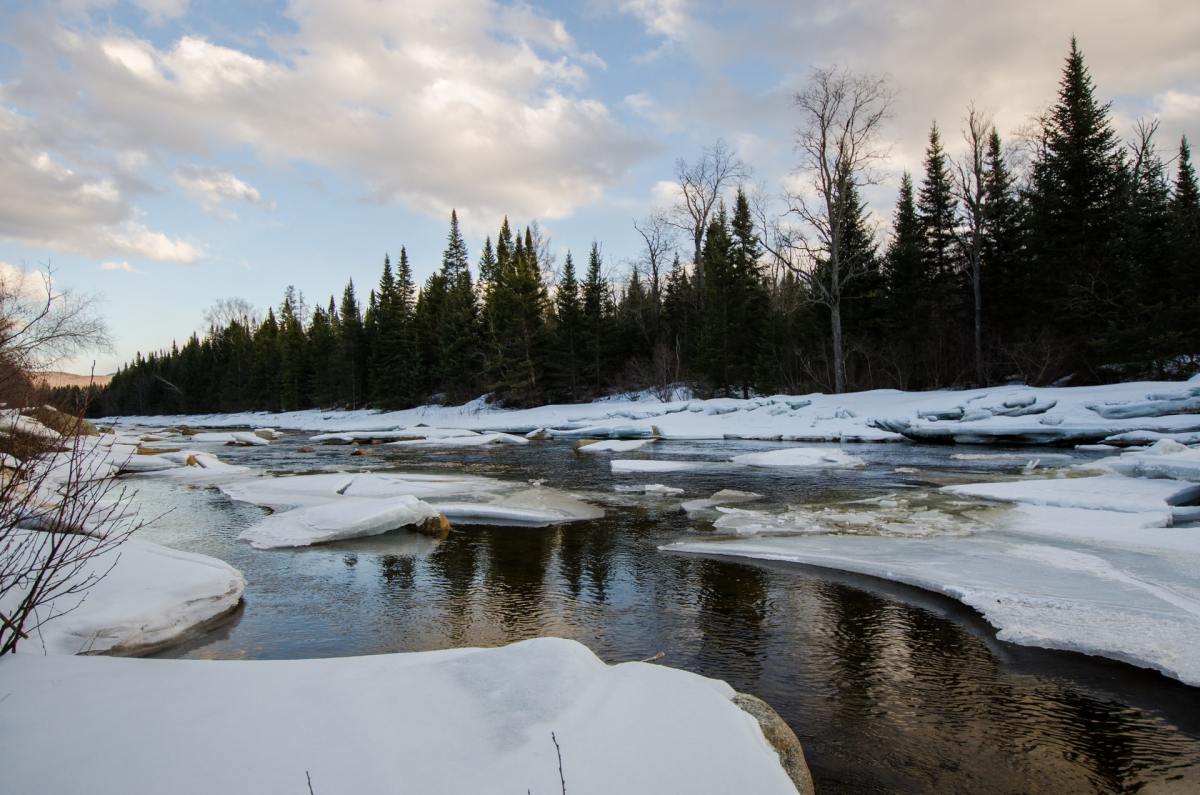During the time when the England colonized what is now the United States, the preferred method of traveling across the ocean involved sailing. And in order to build a boat capable of traversing the Atlantic, you needed tall masts — which, in turn, meant that you needed tall trees. And in the mid-17th century, that included England looking to its American colonies.
“When wars cut off British access to the Baltic region in the 1650s, the king turned in earnest to the forests of the New World,” writes Emily Cataneo at Atlas Obscura. This, in turn, led a group of surveyors in the employ of the king to designate trees with a diameter of 24 inches and larger with an arrow — a sign that they were now the king’s property.
Dubbed “King Pines,” these massive trees have become the stuff of New England legend. As for whether any still remain, well, that’s the stuff of heated debate. “No one can say for certain that there are no king pines left anywhere in the Maine woods, but experts are skeptical,” Cataneo writes.
The article points to Maine’s logging industry, which has been cutting down trees for centuries — leaving only one percent of the state’s forests classifiable as “old.” And even most of those trees might date to a period after King Pines vanished from the region. Still, the traces of King Pines remain, including the remains of one that was taken to the town of Ashland. It’s an unlikely source of history — and a lingering memory of trees that once towered over the landscape.
Thanks for reading InsideHook. Sign up for our daily newsletter and be in the know.


















